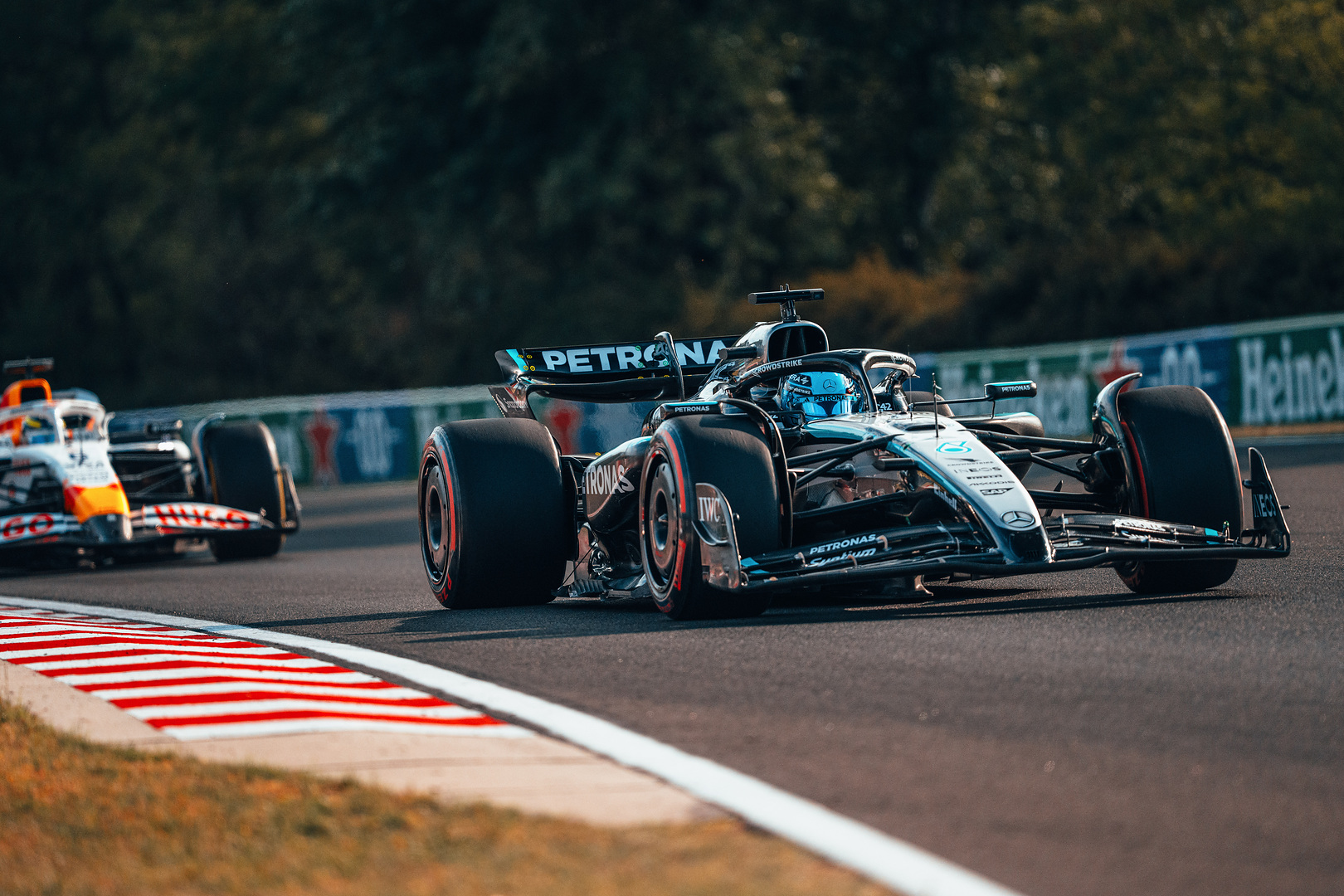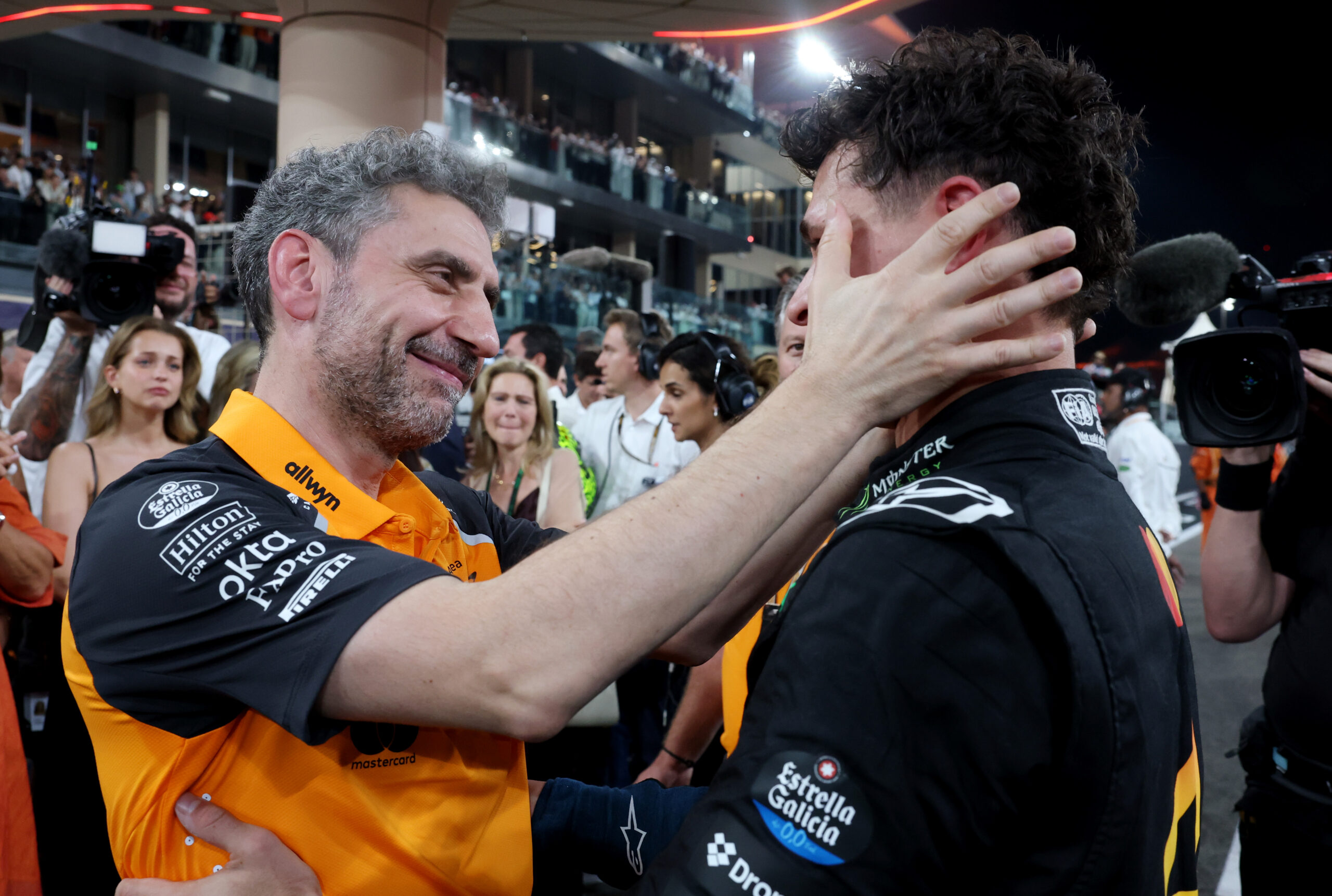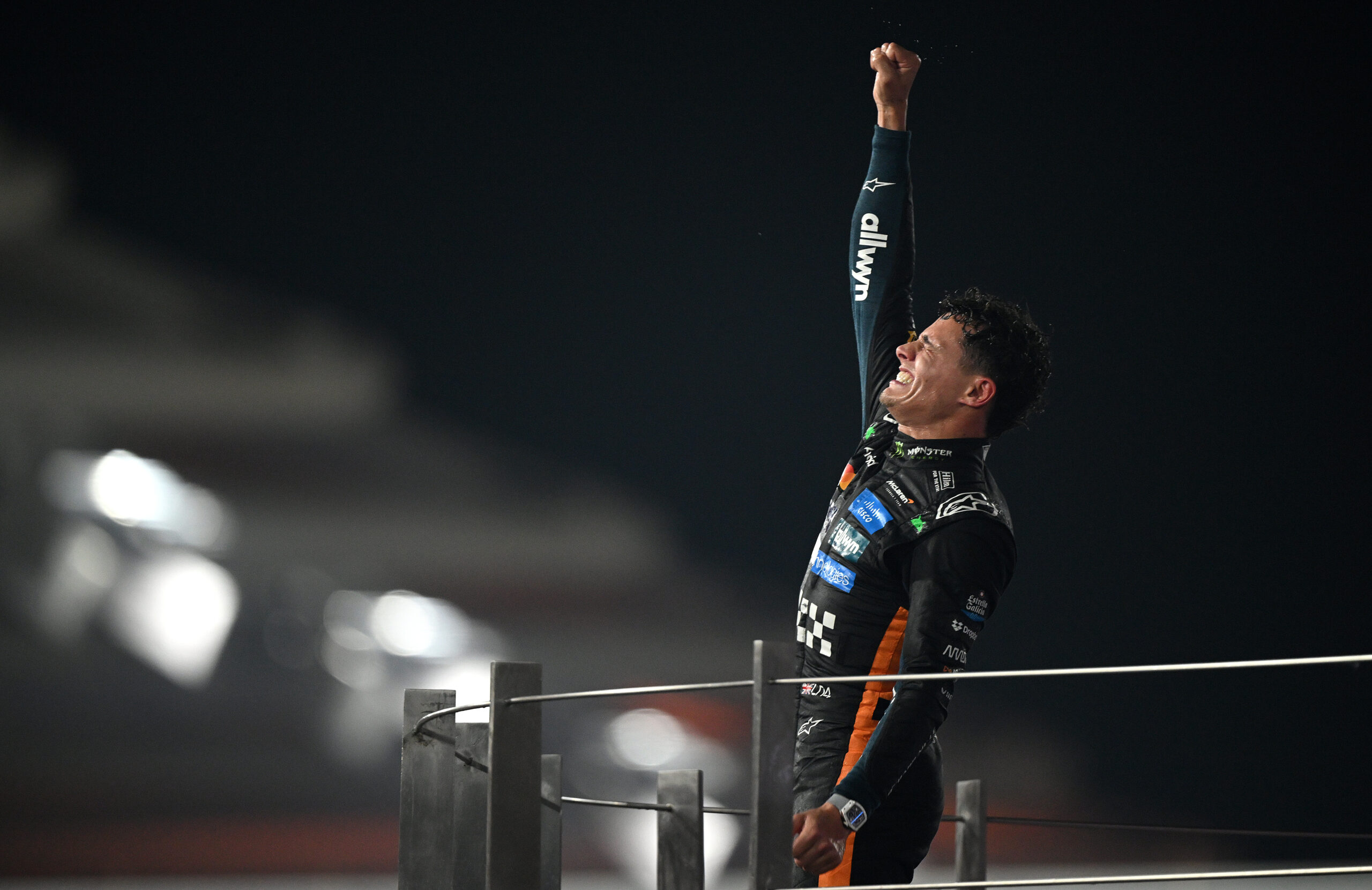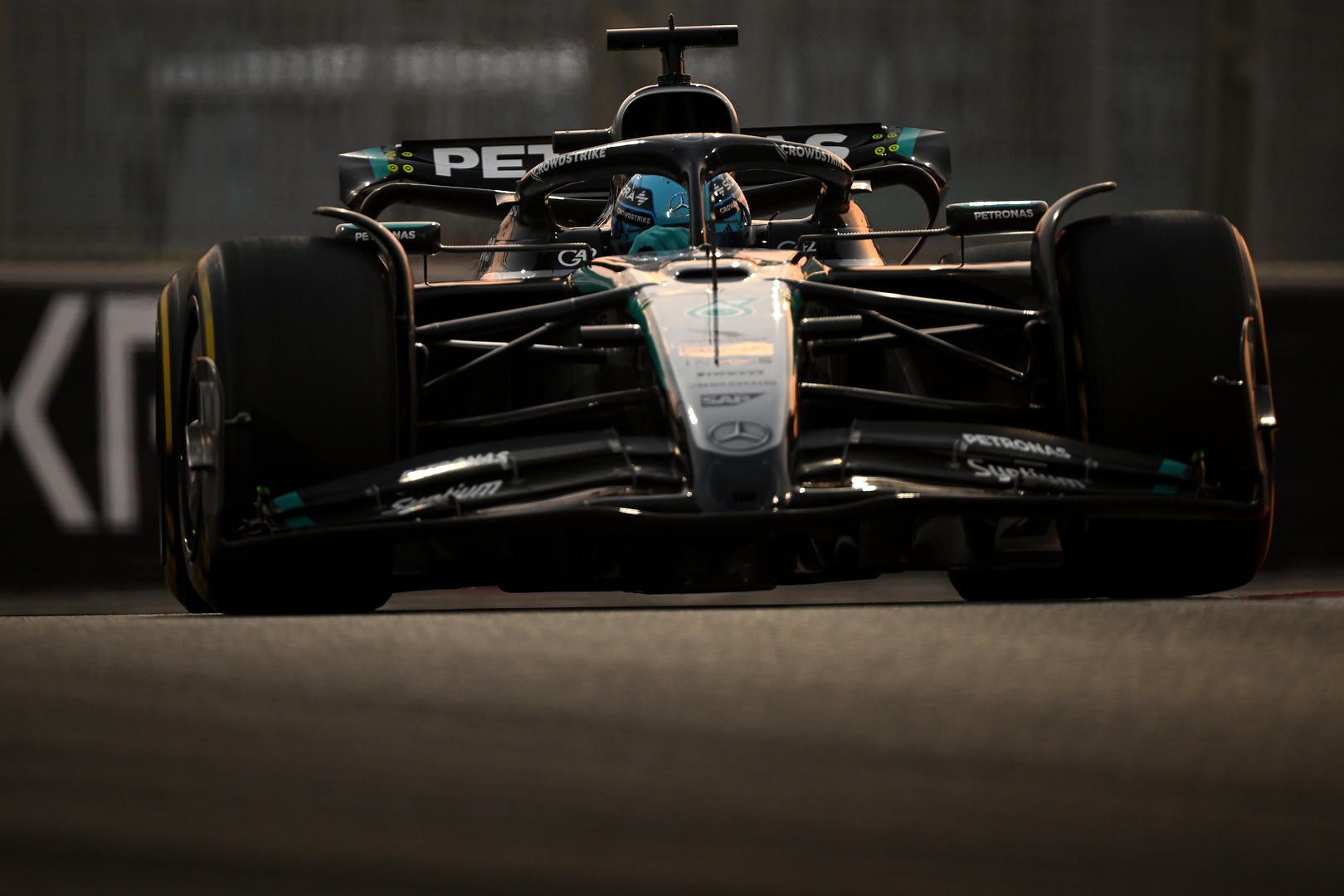With the start of the summer break, marking the end of the first half of the season, it’s time to take stock for Formula 1. While McLaren is flying at the top, down in Brackley they have quite a bit to analyse.
The season had started out well, with George Russell stepping on the podium several times and his rookie teammate Kimi Antonelli finish in the points in a few races.
Then, in Imola Mercedes introduced the first big upgrade of the season: a new rear suspension.
The intent was for it to address overheating on the rear tires and improve anti-lift characteristics, instead it worsened the performance of the W16.
A disastrous upgrade
“That rear axle will be ending up in a bin somewhere, I guess,” Team Principal Toto Wolff said in a print media session after the Hungarian Grand Prix.
Rather a disappointing upgrade so far, which made the car unstable and difficult to drive.
“Upgrades are here to bring performance. There’s a lot of simulations and analysis that goes into putting parts in the car and then they’re just utterly wrong.
“You need to go back to the analogue world and put it in the car and see what it does, and if it doesn’t do what it should do… and that’s a tricky bit, I guess, for everyone in Formula 1. How do you bring correlation from what the digital world tells you into the real world?”
The rear suspension, he says, is the latest “example of how it tripped” Mercedes “over.”
A misleading success in Montreal
The issues were visible since the debut of the new suspension back in May, at the Emilia Romagna Grand Prix.
So much that Mercedes went back to the old version for the remaing of the triple header, in Monaco and Barcelona.
“We tried to solve a problem with the Imola upgrade, a mechanical upgrade,” said Wolff. “That may or may not have solved an issue, but it let something else creep into the car. That was an instability that basically took all confidence from the drivers, and it took us a few races to figure that out.”
A few races because among the uncertainty, the upgrade was reintroduced for the Canadian GP.
Around Gilles Villeneuve Circuit the silver arrows had what is so far the most successfull weekend of the season. Pole position and P4 on Saturday that were converted into a win for Russell and a first podium for Antonelli. An exceptional performance that led the team to believe that after all there was some potential in the upgrade.
Deciding it was worth keeping it for the following rounds, Mercedes finally dropped it last weekend in Hungary.
“Obviously, we were also misled a little bit by Montreal, you think maybe that’s not so bad,” explained Wolff.
Turns out there being no high-speed corners in Montreal was probably what made it easier to keep the car steady.
“We came to the conclusion that it needs to go off. It went off and the car is back to solid form,” he concluded.
A better performance indeed, as at the Hungoring it was points for Antonelli and a podium for Russell.
Head on development for 2026
Turning back from what was supposed to be the biggest innovation for this season, Wolff stated that resources are not set on the upcoming season.
With the new regulations coming into play teams have a big oppurtunity to try and get the right balance to peak performance.
“There’s no more upgrades. I think everything is completely focused and concentrated on next year,” he said.
“Now we know that we have a more stable platform that’s going to give us some goodness. Let’s see how we can optimise checks and engineering in terms of finding the right set-ups that suit it. And aim to be as competitive as we can.”





